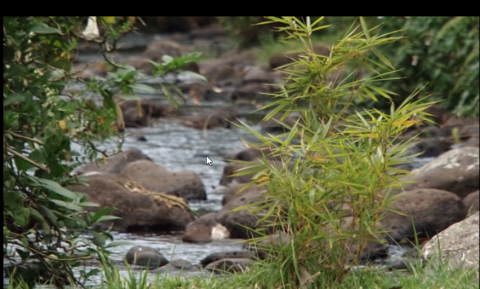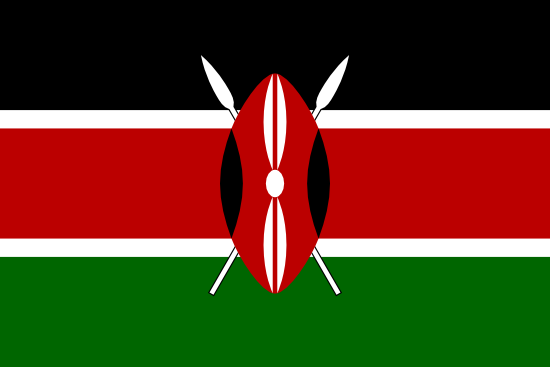Freshwater and saline ecosystems
Freshwater and saline ecosystems cover about 8% of Kenya’s surface area. These are important areas of biodiversity, food production, hydrological stability, mineral cycling and socioeconomic development. This series of freshwater and saline lakes and associated wetlands constitute vital stepping stones along the migratory route of thousands of birds. The marine waters and mangrove areas along the Kenyan coast are known to have rich biodiversity, much of which is still pristine, except on areas encroached upon; the y are key resources sustaining the country’s tourism industry. The mangroves system, though being rapidly degraded, provides local communities with timber, tannin and other products.
Wetlands are defined as ‘areas of land that are permanently, seasonally or occasionally waterlogged with fresh, saline, brackish or marine waters, including both natural and manmade areas that support plants and animals’ (National Wetlands Standing Committee of the Inter-Ministerial Committee on Environment—GoK 2008). This definition includes swamps, marshes, bogs, shallow lakes, ox-bow lakes, dams, river meanders and floodplains, as well as riverbanks, lakeshores and seashores where wetland plants grow. The definition covers marine and intertidal wetlands such as deltas, estuaries, mud flats, mangroves, salt marshes, seagrass beds and shallow reefs.
Wetlands cover 3–4 per cent of the land area of Kenya. The size and composition of wetlands formerly varied with climate, expanding greatly in wet periods and contracting in dry periods. In recent decades the impact of human activity has played a far larger role than climate.
Lakes and rivers are bodies of water localized within a basin and surrounded by land. Lakes are relatively still waters, while rivers are moving waters on or below the land surface. The formation of lakes and rivers has been greatly influenced by the Rift Valley faulting, which divides the drainage basins between east and west in Kenya, and by mountain uplift. Inland waters cover about eight per cent of Kenya’s land surface. Freshwater resources, including rivers, lakes and swamps are widely distributed among the five main drainage basins.
Collectively, Kenya’s lakes and rivers contain some 20 billion cubic meters of water—which has a large bearing on local climate. They capture nutrients and sediments eroded from the land and so sustain a highly productive and diverse assemblage of plants and animals. Freshwater habitats support unique and specialized species, several endemics and many rare or threatened species. Lakes and rivers are important stepping stones for Palearctic migratory birds, flamingoes and shore birds. They also supply the bulk of the water that drives the Kenyan economy, from farming and ranching to industry, commerce and settlement. Freshwater fisheries have, until recently, been dominated by traditional and artisanal fishing communities but now sustain commercial fisheries in L. Victoria and Turkana. Rivers also produce hydroelectric power, filter and provide clear water for human settlement and, together with lakes, provide transport routes for commerce and a range of amenities that attract tourists, outdoor and water-sports enthusiasts.

